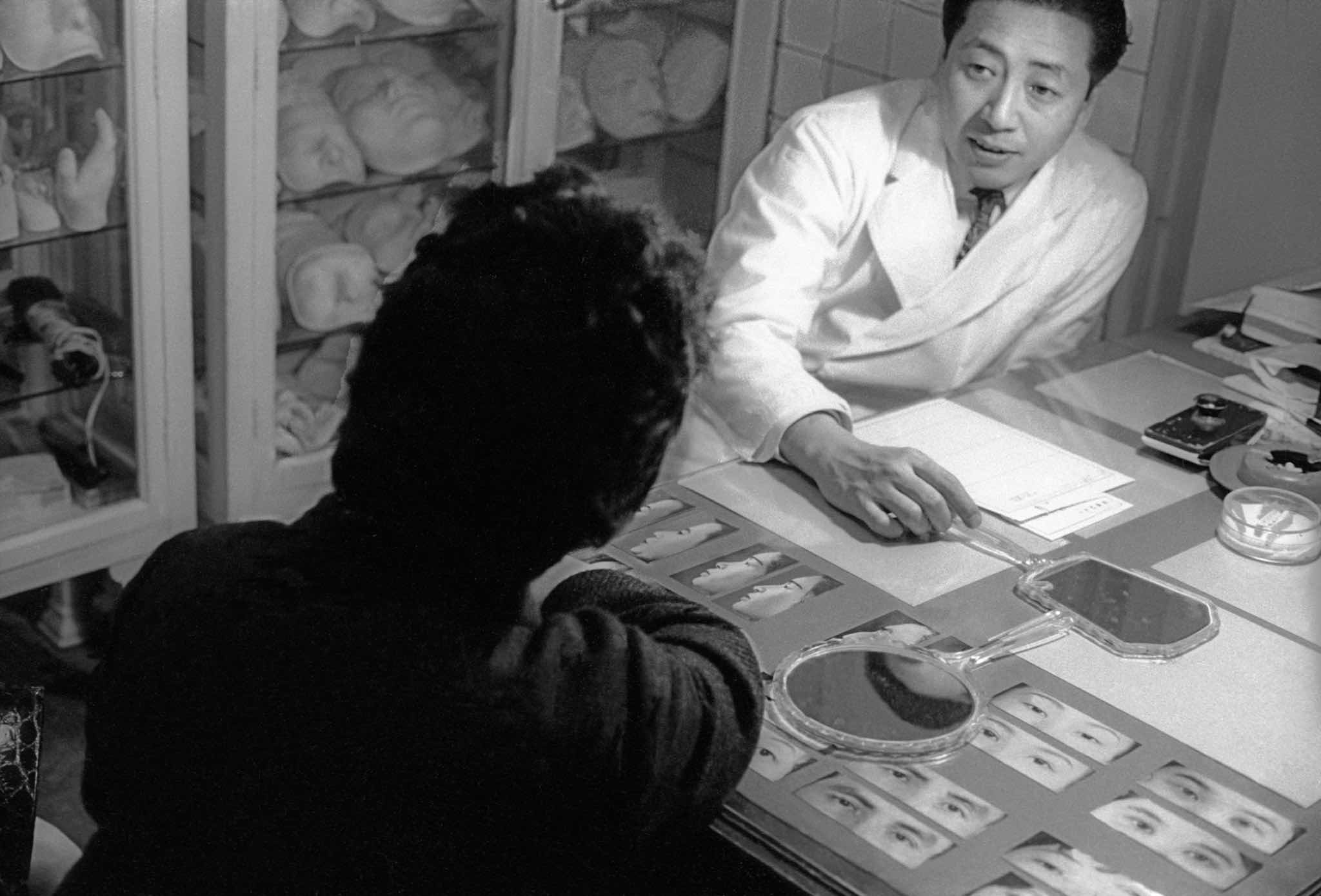1963, from Time machine
After a few days in Tokyo, I found a way to communicate more directly than with words: if you have a sense for the visual, Japan opens up to you. Its culture has always been dominated by the concern for composition, textures and colors. In its religious rituals, form stands for essence. In its values, ‘surface’ doesn’t have the pejorative connotation of superficiality, nor imply a pre-eminence of the inner over the outer: on the contrary, the container determines the contents, like the crustaceans you find so often in Japanese painting and cuisine. Abstract art, which to us is contemporary, has existed in Japan for centuries. Their paintings, films and photographs touch us directly, without any need for explanations. When I purchased a drawing by a contemporary Japanese artist, all the chambermaids in my hotel came to comment on it. By drawing a few circles, crosses and arrows on a piece of paper, I can straighten out many small everyday problems and avoid the misunderstandings which, as I begin to realize, don’t come so much from my interlocutors' ignorance of English as from the lack of English equivalents for the peculiarities of their thinking. All becomes simple as soon as I get out my ballpoint pen and draw some objects or numbers, I can make myself understood in the twinkling of an eye and they respond immediately by the same code.
